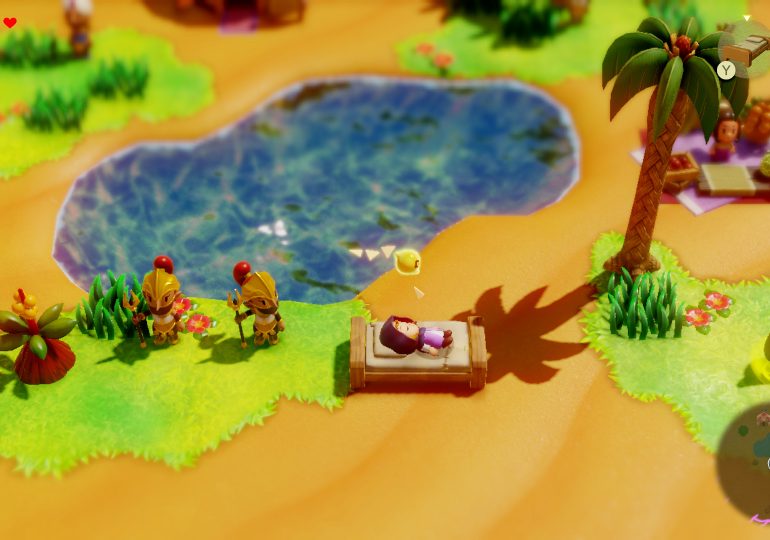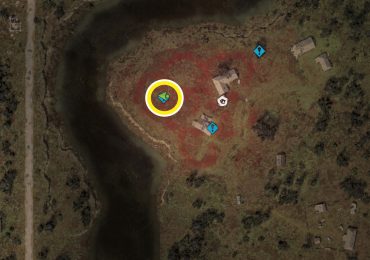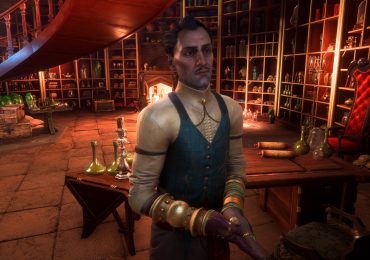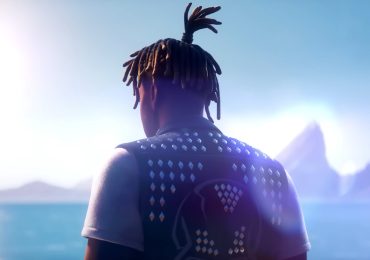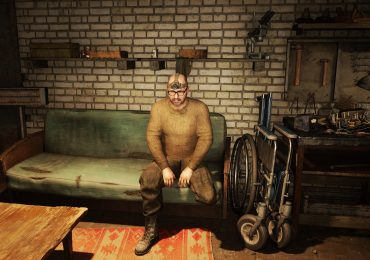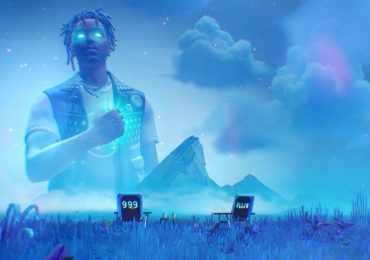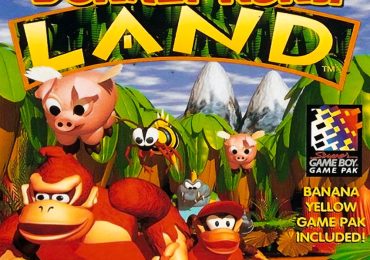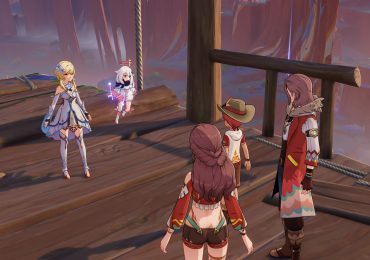An hour in, The Legend of Zelda: Echoes of Wisdom seems to offer everything that made the last two Zelda games great, reimagining decades of tried and true game mechanics through a new lens. It takes the player creativity of Breath of the Wild and Tears of the Kingdom and tucks it into a classic, top-down Legend of Zelda adventure, with a huge world and plenty of old-school dungeons to explore.
Polygon previewed Echoes of Wisdom this August at a Nintendo event in New York City. Based on just a short time with the game, it’s easily one of our most anticipated games of the fall.
Our hands-on time with Echoes of Wisdom started near the beginning of the game, when Princess Zelda has been arrested and jailed(!) over suspicions that she’s responsible for a catastrophic event plaguing Hyrule. Strange rifts have opened across the kingdom, and the king and its frequent protector Link have gone missing. So too have many of Hyrule’s citizens.
In her cell, we learn that Zelda’s primary way of interacting with Echoes of Wisdom’s game world is with her Tri Rod, a magic wand she receives from a spirit named Tri. With the Tri Rod, Zelda can make copies of objects like tables, beds, and boulders, or monsters, then summon recreations called Echoes. Inanimate objects like jars and rocks can be copied just by using the Tri Rod near them. But to copy an enemy monster, players need to defeat one first. Once you do, all those Echoes go into an ever-expanding notebook.
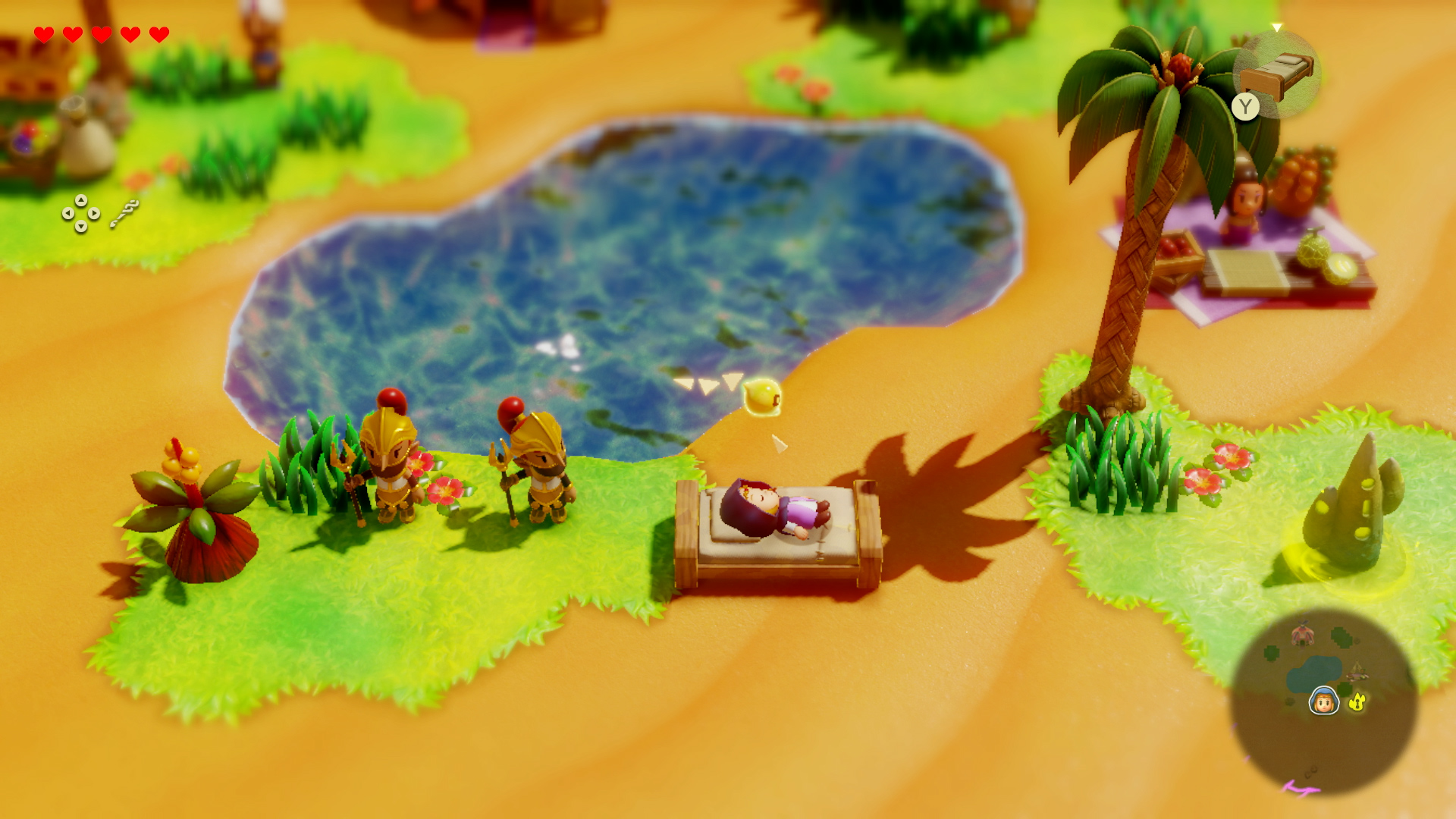
Objects that Zelda copies can have multiple uses. Tables, boxes, and decorative shrubs are useful for building steps or temporary bridges to overcome obstacles. A wooden box also serves as a floatation device, and shrubs can be set on fire and then dragged to other objects to set them aflame. A bed can serve as a makeshift bridge and as a place for Zelda to sleep to recover some health. Even a monster echo can serve multiple purposes; a spider called a Strandula can create a rope made of silk that Zelda can climb. That silk is also flammable, which may lead to creative (and destructive) solutions to puzzles.
The things that Zelda can summon as echoes are governed by the power of her Tri Rod. In the early hours of the game, it has three charges. Summoning a simple object like a rock or a Keese — the franchise’s version of a bat — consumes just one charge. Something more powerful, like a spear-wielding Moblin, consumes two charges. A strong Darknut knight eats up three. Zelda’s Tri Rod will become more powerful over time, but it wasn’t clear how she earns more charges based on our hands-on time.
Zelda has only a few offensive options at the start of the game. I fought a lot of monsters early on by creating rocks and throwing them at my enemies. I then copied a Zol (a slime) and a Rope (a snake) and deployed Echoes of them to the battlefield to fight for me. At one point, I learned how to create an Echo of a spiky Sea Urchin, then grabbed it and stabbed a Darknut in the back while it was distracted fighting another monster I’d summoned. My fighting force of monsters grew quickly, giving me a varied set of objects and creatures at my command.
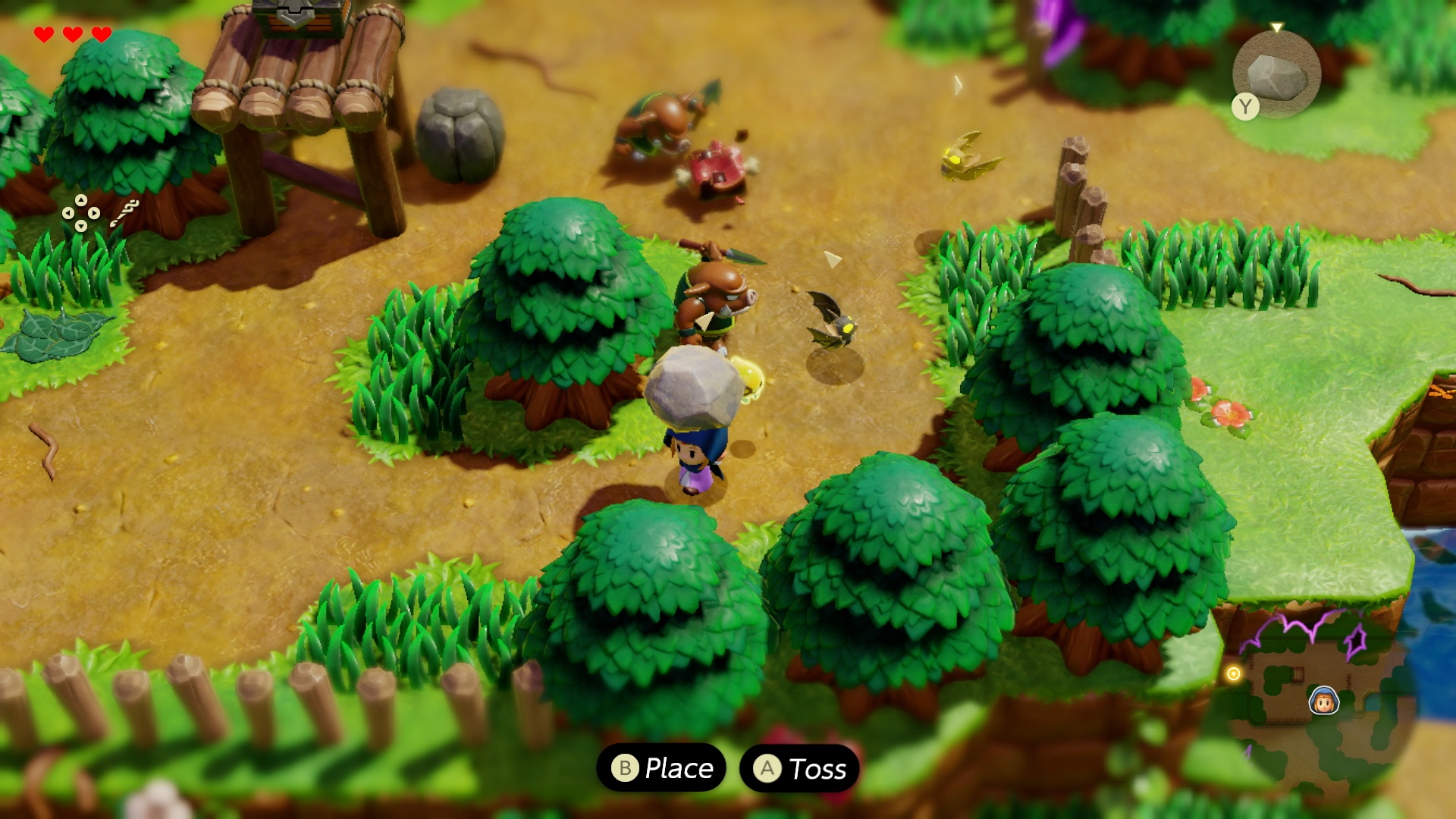
In addition to the Tri Rod’s copy-and-paste abilities, Zelda’s magic wand can also Bond her to objects. When Zelda bonds with something, it moves as she moves. Bond is helpful for creating makeshift shields or pushing objects and monsters around. Inversely, Zelda can also use a power called Reverse Bond, with which Zelda moves in accordance with an object, like a floating platform or a spider climbing up a wall.
Bond can also be used in battle. One of Echoes of Wisdom’s early boss battles is a showdown with what appears to be a possessed Link — or a magical recreation of Link. (An Echo, perhaps?) Zelda needs to use Bond to tether herself to Link’s Hylian Shield and yank it out of his hands for him to be vulnerable to attack. Once Link’s shield is gone, though, Zelda can summon all manner of monsters to take him down.
Once Zelda defeats this dark Link, she earns a powerful new ability: the Swordfighter form, which effectively turns her into Link for a short time. In Swordfighter form, Zelda can slash with a sword to tear down obstacles or spin-slash to fight a group of foes. Swordfighter form also lets Zelda jump higher, an ability that will no doubt come in handy for platforming challenges. The option to switch on Zelda’s Swordfighter form is governed by a resource known simply as energy, which it does not appear to be overly abundant, based on what we played.
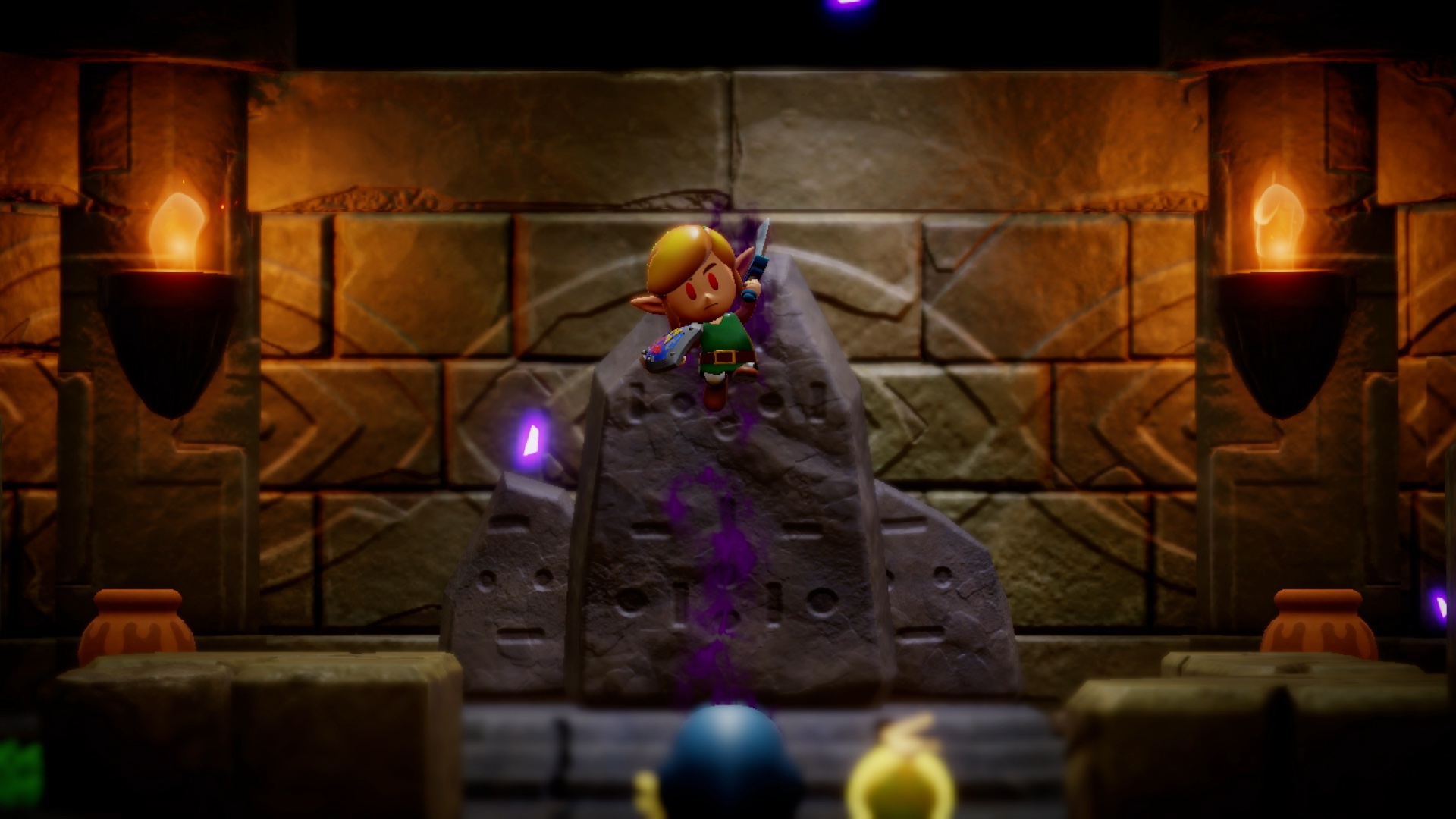
Zelda can boost her abilities with consumable smoothies — a mechanic we didn’t get to try during our hands-on time, but which has been teased in trailers — and pins and accessories that she can wear. One such accessory was a heart pin; while wearing it, more hearts will appear when smashing objects or cutting through tall weeds.
All of Zelda’s abilities, accessories, and her notebook full of objects and creatures she can copy combine to create a huge amount of gameplay possibilities. Hyrule (and its alternate-reality Still World) is full of little puzzles to solve, and bits of treasure that require creative solutions to acquire. There are also underground dungeons to explore: The ones we saw during our hands-on time were classic Legend of Zelda puzzle boxes, full of locked rooms, hidden keys, and environmental challenges, some of which could be solved in multiple ways.
The Legend of Zelda: Echoes of Wisdom may not have the gargantuan scope of recent 3D Zelda games, but it does appear to have similarly creative gameplay and player flexibility. It plays like a classic Legend of Zelda game, though, pairing old-school puzzle-solving and dungeon-crawling with ingenuity, resulting in a magical combination of styles. Zelda’s first solo adventure already feels like a winner.
Nintendo will release The Legend of Zelda: Echoes of Wisdom for the Switch on Sept. 26.
